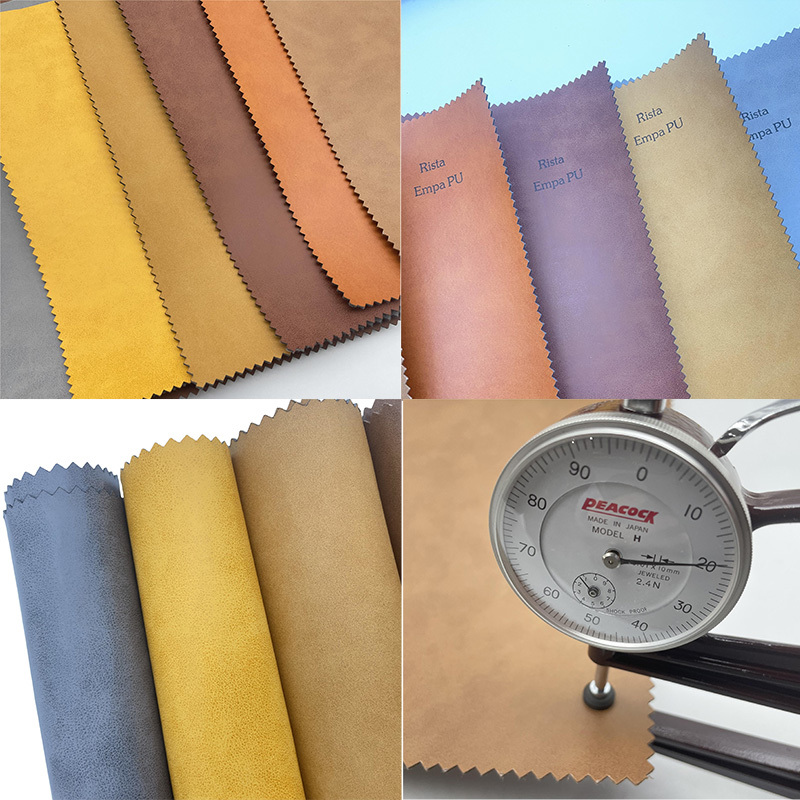Crafting Elegance: The Art of Leather Bookbinding
Mar 03,2025

Crafting Elegance: The Art of Leather Bookbinding
Table of Contents
- 1. Introduction to Leather Bookbinding
- 2. The Historical Significance of Leather Bookbinding
- 3. Essential Materials for Leather Bookbinding
- 4. Techniques in Leather Bookbinding
- 5. Designing Your Leather-Bound Book
- 6. Caring for Leather-Bound Books
- 7. Conclusion
- 8. Frequently Asked Questions
1. Introduction to Leather Bookbinding
In an age where digital media often dominates, the art of **leather bookbinding** stands as a testament to the beauty of traditional craftsmanship. This meticulous practice not only preserves literature but also transforms it into a work of art. Leather bookbinding offers an exquisite touch, providing durability and aesthetic appeal, making each piece a unique showcase of skill and creativity.
2. The Historical Significance of Leather Bookbinding
The origins of leather bookbinding can be traced back to ancient civilizations, where the need to preserve texts led to innovative binding techniques. The use of leather, a durable and readily available material, became synonymous with quality. Over centuries, various cultures have contributed to the evolution of binding methods, enhancing both functionality and artistry. From the intricately designed manuscripts of the Middle Ages to the elegant volumes of the Renaissance, leather bookbinding reflects the historical narrative of human expression and the written word.
3. Essential Materials for Leather Bookbinding
Creating a leather-bound book requires an understanding of the materials involved. Selecting high-quality components is paramount for achieving both beauty and longevity.
3.1 Choosing the Right Leather Types
Different types of leather offer unique qualities for bookbinding. Here are some popular options:
- **Cowhide**: Known for its durability, cowhide is often used for its sturdiness and resistance to wear over time.
- **Goatskin**: Renowned for its softness and flexibility, goatskin is another preferred choice, especially for luxury bookbinding.
- **Kangaroo leather**: Exceptionally lightweight yet strong, kangaroo leather is often favored for its unique texture and appearance.
- **Vegan leather alternatives**: Innovations in materials have led to the creation of synthetic leathers that mimic the look and feel of traditional leather, appealing to eco-conscious individuals.
3.2 Must-Have Tools for Bookbinding
To embark on your leather bookbinding journey, you will need some essential tools, including:
- **Bone Folder**: For creating crisp folds and creases.
- **Awl**: A pointed tool used for making holes in the leather for stitching.
- **Cutting Mat**: Protects your work surface while providing a stable area for cutting materials.
- **Utility Knife**: For precise cuts on leather and other materials.
- **Ruler and Scissors**: Basic tools that aid in measuring and cutting accurately.
4. Techniques in Leather Bookbinding
Mastering leather bookbinding involves various techniques that enhance the quality and appearance of the finished product.
4.1 Mastering Stitching Techniques
The stitching process is crucial in bookbinding, as it secures the pages together and adds durability to the spine. Common stitching methods include:
- **Coptic Stitching**: This ancient technique allows books to lay flat when open and creates a beautiful exposed spine.
- **Burst Binding**: A modern method that involves using adhesive and stitching for added strength.
- **Saddle Stitching**: A simple yet effective technique that results in a strong, durable seam.
4.2 Finishing Touches: Gilding and Embossing
Adding finishing touches can elevate your leather-bound book from ordinary to extraordinary. Techniques such as gilding, which involves applying gold leaf to the spine or cover, and embossing, which creates raised designs, lend a sophisticated touch that highlights the craftsmanship involved.
5. Designing Your Leather-Bound Book
The design phase is where creativity flourishes. Considerations include:
- **Cover Design**: Choose colors and materials that reflect the book's content and your personal style.
- **Page Layout**: Decide whether to include illustrations, decorative elements, or unique typography.
- **Size and Shape**: The dimensions of your book can significantly impact its overall aesthetic.
Invest time in sketching and planning your design to ensure the end result aligns with your vision.
6. Caring for Leather-Bound Books
To preserve the beauty and longevity of leather-bound books, proper care is essential. Here are some tips:
- **Keep away from direct sunlight**: Exposure to sunlight can cause fading and drying.
- **Use a soft cloth for cleaning**: Regularly dust the cover with a soft, dry cloth to maintain its appearance.
- **Condition the leather**: Occasionally applying a specialized leather conditioner can prevent cracking and maintain suppleness.
By following these care guidelines, you can ensure that your leather-bound books remain in excellent condition for years to come.
7. Conclusion
Leather bookbinding is more than just a craft; it is an artistic expression that connects us to our history and literature. By embracing the techniques, materials, and design principles outlined in this guide, we can create stunning, elegant leather-bound books that not only serve a functional purpose but also stand as symbols of craftsmanship and beauty. Whether you are a novice or an experienced binder, the world of leather bookbinding offers endless possibilities for creativity and inspiration.
8. Frequently Asked Questions
What types of leather are best for bookbinding?
The best types of leather for bookbinding include cowhide, goatskin, and kangaroo leather, each offering unique qualities.
Can I use synthetic leather for bookbinding?
Yes, synthetic leather alternatives can be used and are often favored for their environmental benefits and affordability.
What tools do I need to start leather bookbinding?
Essential tools include a bone folder, awl, utility knife, ruler, and cutting mat.
How do I maintain my leather-bound books?
Maintain leather-bound books by keeping them away from direct sunlight, cleaning them with a soft cloth, and conditioning the leather periodically.
Are there any online resources for learning leather bookbinding?
Yes, many online platforms offer tutorials, videos, and courses on leather bookbinding techniques. Explore websites dedicated to crafts and book arts for valuable resources.
This comprehensive exploration of leather bookbinding equips you with the knowledge needed to embark on your crafting journey. Immerse yourself in the elegance and artistry of this timeless craft, and watch as your skills develop into masterpieces cherished for generations.






